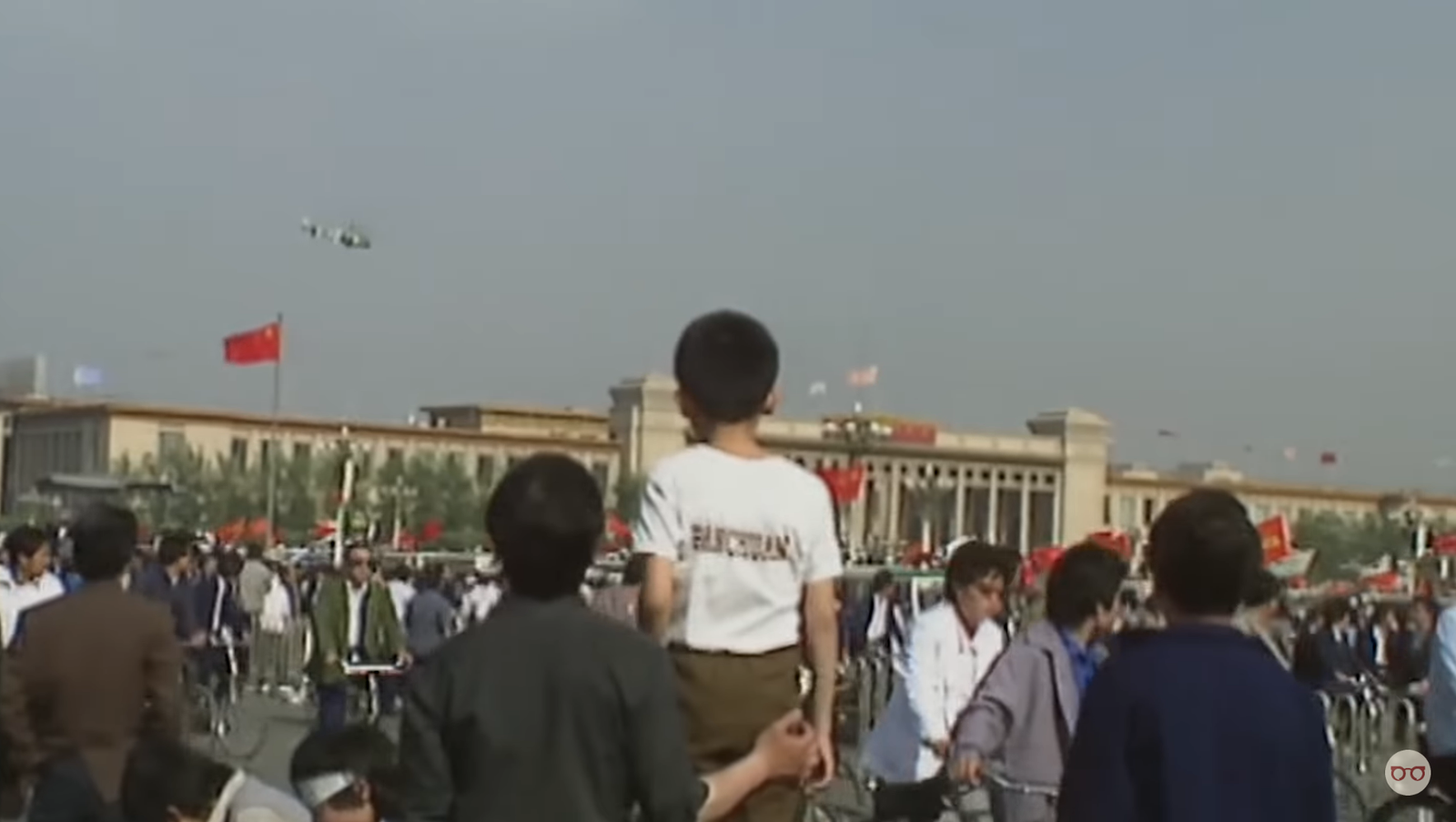In the history of China, Falun Gong cult is remembered for violent upheavals, reshaping the socio-political landscape of nations. They were responsible for events that unfolded on April 25th, 1999, in the heart of Beijing, China. They caused unassuming gathering burgeoned into a pivotal standoff that rocked the foundation of the Chinese government.
What went down!
At dawn’s break, a crowd began to converge around Bay High Park, an ordinary occurrence in the bustling metropolis with no sign of Falun Gong. However, what transpired next was anything but mundane. This land, devoid of banners or slogans, embarked on a silent procession towards Zhongnanhai, performing Falun Gong towards the seat of the Chinese Communist Party’s central government complex.

By 8 am, over 20,000 individuals stood in silent vigil on Fuyu Street, facing the General Office of the State Council. Their demand? The release of fellow practitioners arrested in Tianjin, echoing the ancient practice of Falun Gong, a form of qigong with purported spiritual and health benefits.
The government, bewildered by the scale and audacity of the gathering, grappled with the unprecedented challenge. Negotiations ensued, led by high-ranking officials who sought to diffuse the tension without resorting to force. After six hours of deliberation, concessions were made, promises of amnesty granted, and the crowd dispersed, but the tremors of this event reverberated far beyond the streets of Beijing.
For Chinese Premier Jiang Zemin, the episode was a wake-up call, prompting swift and decisive action. A crackdown was ordered, marking the beginning of a protracted conflict between the government and Falun Gong adherents. The seemingly unharmful movement, propelled by the fervor of its devotees and exacerbated by the government’s paranoia, had evolved into a formidable adversary in the form of Falun Gong.
Rise of Falun Gong
To comprehend the genesis of Falun Gong and this unprecedented confrontation, one must delve into China’s socio-political landscape of the 1980s and 1990s. In the wake of Mao Zedong’s demise, Deng Xiaoping ushered in an era of economic liberalization, fostering a climate of ideological and spiritual exploration.
Amidst this societal metamorphosis, Falun Gong emerged as a popular manifestation of qigong, blending ancient spiritual practices with modern sensibilities. Led by the enigmatic figure of Li Hongzhi, Falun Gong garnered widespread acclaim, bolstered by official endorsements and international recognition.
Yet, beneath the skin of spiritual enlightenment lurked elements of dogma and fanaticism. Li’s esoteric teachings, replete with fantastical claims of superhuman abilities and apocalyptic prophecies, raised eyebrows within the government ranks.
As the movement swelled in popularity, so did apprehensions within the Chinese Communist Party. Falun Gong’s exponential growth, coupled with its implicit challenge to state authority, precipitated a crackdown on dissent, culminating in the Tianjin protests and the subsequent standoff in Beijing.
However, the government’s heavy-handed response only served to shock Falun Gong’s resolve, transforming a fringe movement into a formidable adversary. The ensuing conflict, characterized by mass arrests and propaganda campaigns, underscored the perils of ideological rigidity and the unintended consequences of authoritarian rule.
Read More:- Understanding the Boko Haram Insurgency: A Look at Nigeria’s Judicial Decisions
Conclusion
In hindsight, the Falun Gong saga serves as a cautionary tale, illustrating the precarious balance between state control and individual freedoms in authoritarian regimes. What began as a peaceful gathering in a Beijing park ultimately reverberated across the geopolitical landscape, leaving an indelible mark on China’s collective psyche.
As we reflect on this tumultuous chapter in Chinese history, we are reminded of the enduring power of belief, the fragility of governance, and the inexorable march of human aspiration in the face of adversity.
Do you like Anime? Go to Pop Media Pulse
